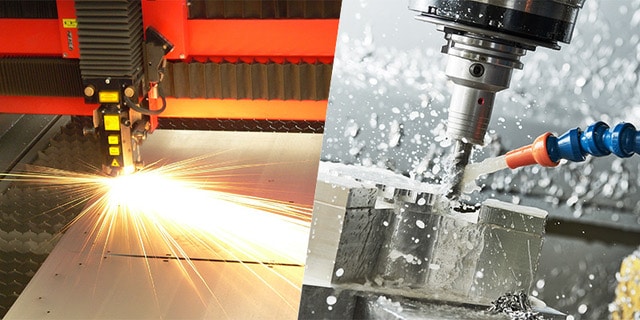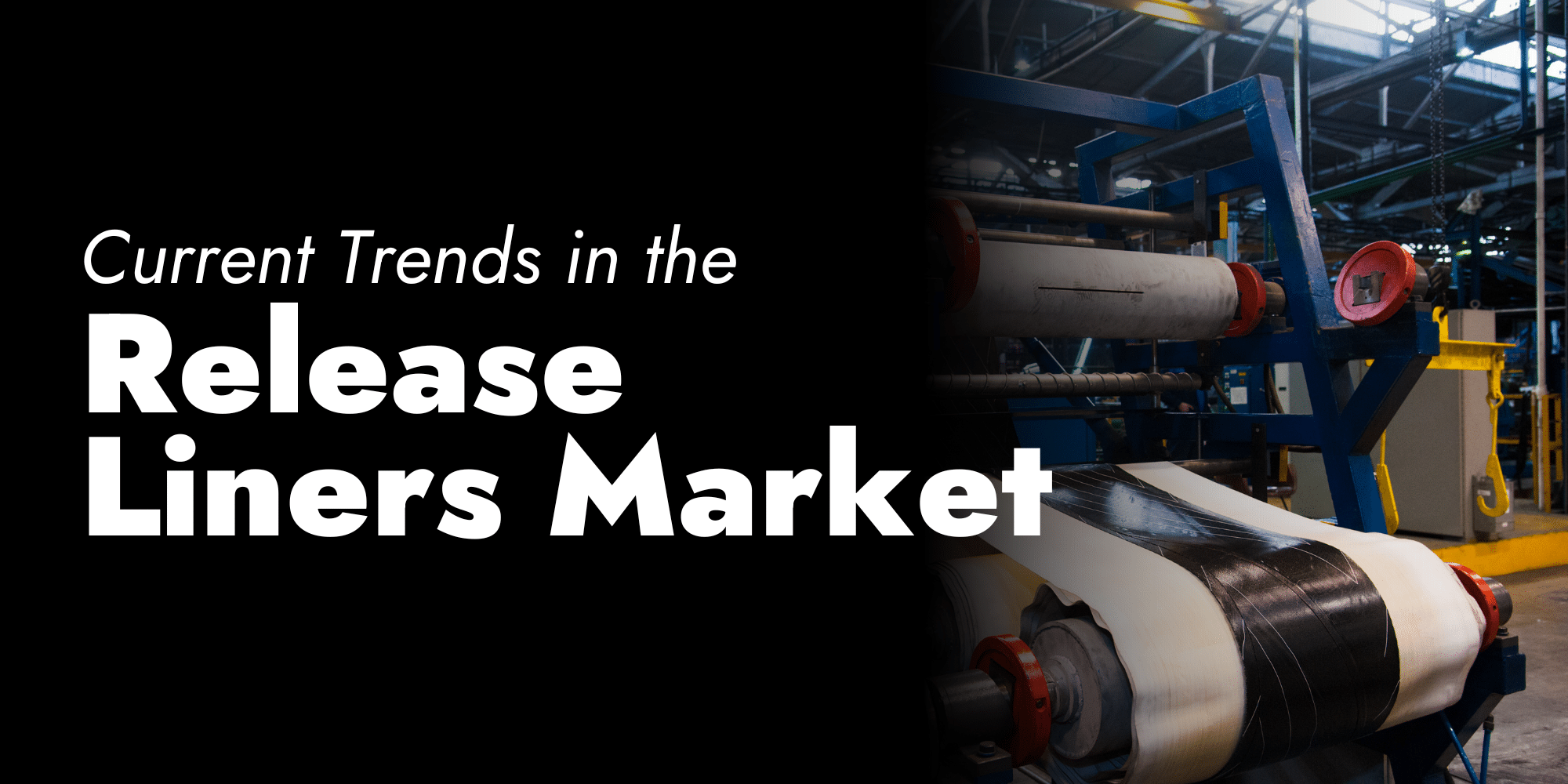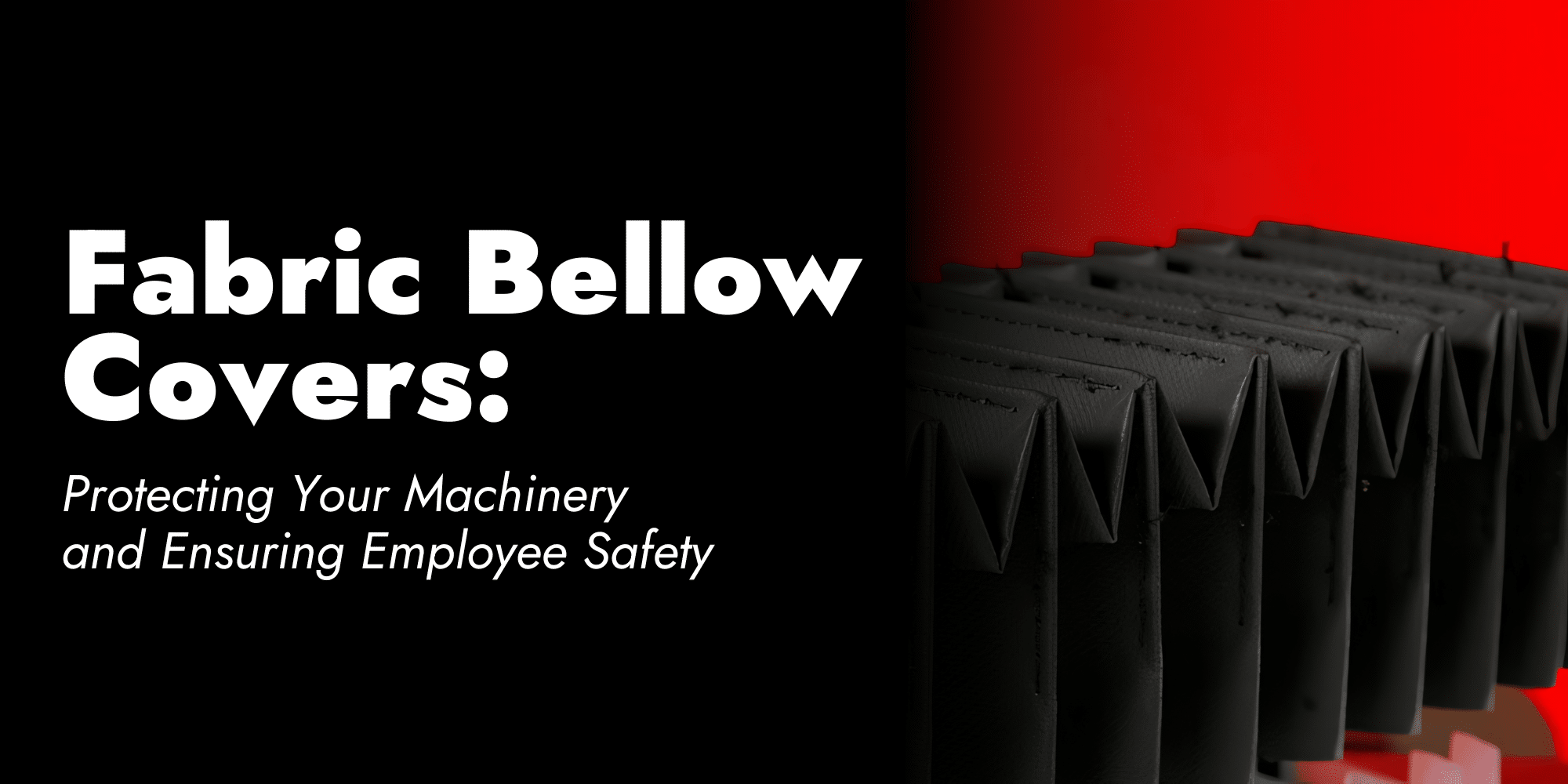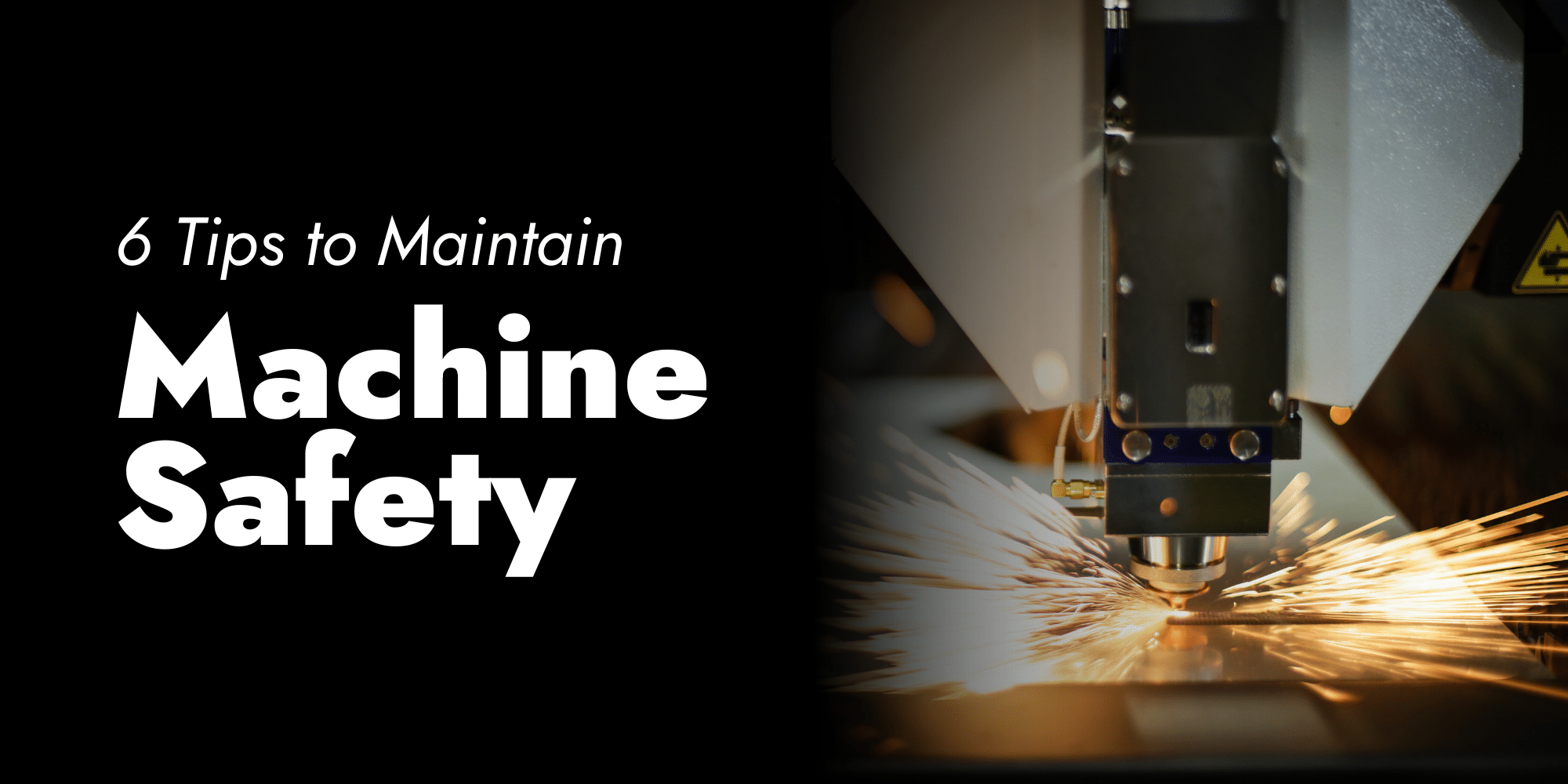Release liners are pivotal elements not only in the tire industry but also in other…

How to choose the right bellow for machines tools ?
Bellows protect valuable parts and workers. By protecting the guide-ways and machine components the bellow covers help to the proper functioning of the machines. In fact, the machine tools, machine lasers, 3D printing machines and other machines require a protection to deal with rude environmental conditions. This is why it’s important to select the appropriate bellow.
1 – Type of working environment
Dry environment
For the dry environment the most known risks are:
- The dust
- The protection for machines and humans
Most of the time these machines don’t produce waste materials and don’t use any liquids. Example of machine in dry environment: measuring machines.
Wet environment
This environment’s characteristics are related to the use of different liquids. The matter transformation is an example of process for the wet environment. The wet aspect is differentiated by 2 main liquids:
- Liquid coolant: To preserve the tools and the machining part a cooling process is needed. Multiple frictions warm up the machining work piece and potentially risks bending it. For the tools the risk is the same, with the decreasing of the lifespan
- Cutting oil: This liquid improves and facilitates the machining process of matter transformation
Hot environment
The laser cutting process presents a big risk of fire. The component of the fabric has to be fireproof to protect the machine. This is the main requirement of this environment among others. Example of machines in hot environment: laser cutting machine and 3D printing machine.
2 – Type of materials for bellows
The characteristics of the environment depend on the machined part and the process of machining; it also determines the required bellow to protect machines and users.
PVC (polyvinyl chloride) fabric
By its composition the bellows made of PVC can protect the machine from coolants. . Indeed, sometimes in the process coolants (water and/or chemical solutions) are used to cool the machining part or the tool and finally to promote the machining. But when the substance has no-neutral pH it can damage the bellow. This one only resist to temperature at around 70°C-80°C (158-176°F). Furthermore the PVC bellows doesn’t suit to oily environment.
PUR (polyurethane) fabric
The PUR fabric has an important advantage in its resistance to high temperature as 150°C (302°F) and the resistance to oils. The resistance to high temperature is very useful when there are little molten metal splashes. And the resistance to oils is important for machine tools during machining process when oils are used to improve the quality of the part.
TPU (Thermo Polyurethane) fabric
The TPU fabric has the property to resist at oils. The fabric can also resist to low temperatures surrounding to 80°C (176°F). The fabric is able to resist at oils and grease. This type of fabric can be used for wet environment when there isn’t a requirement about the temperature.
Rubber fabric
This bellow is assembled by stitching process then it provides a high mechanical resistance but it doesn’t fit to wet environment. The second drawback is the incapability to be compressed so it takes up space.
Aramid fabric
For some applications a high mechanical resistance is required. In fact, for the environments when there are splashes (chips and dust) the bellow shall not deform under the multitude of impacts.
3 – Type of manufacturing process
There are many possibilities to do a bellow and the number of these possibilities increase with the numerous types of material and shape of bellows.
HF (High frequency) welding
One of the common processes of manufacturing there is the high frequency welding process. This process comprises to weld the parts of the fabric between them with a high frequency machine.
Heat welding
This second process of welding consists at putting a plate between the plies of the fabric and to weld with a high temperature machine to dissolve the plate and to fix the different part between them.
Gluing
The third process is the gluing process. That enables to stick the sidewalls of the fabric between them. The process is close to High Frequency process but the final product hasn’t a lifespan as the High Frequency process.
Laminating
The laminating process presents an advantage it’s the capability to choose different material to compose the product. This process provides bellows for tiny machine because the fabric can be very light. But the drawbacks are the followings: the product can have delamination issues and it’s an expensive process.
Stitching
The fifth manufacturing process is the stitching process. This manufacturing process provides a high mechanical resistance to the bellow. With this process the fabric will loose automatically the watertightness property.
4 – Alternative for flexible covers
Besides the previous bellows there are also 2 more bellows. These bellows have as specialties to be made with a different product and to have and hybrid composition.
Telescopic covers
The telescopic covers are in fact made of steel panels. The whole protection cover is composed by steel. This type of protection enables a very high mechanical resistance and a high protection. But the composition can’t offer a good mobility of the cover and it can’t be watertight. The other drawback is the inability to be fully retractable.
Hybrid covers
To overcome the issues of the telescopic cover there is the hybrid covers. This protection cover is made of supple fabric with steel plates. So the product has good properties:
- High mechanical resistance
- Better mobility
- More retractable
- Watertight
Conclusion
Choosing the right material for the right environment is essential for an efficient process. In fact a good equipment will provides better yield. By choosing the right protection the used machine will require less handling process and it will expend the machine’s lifespan.


